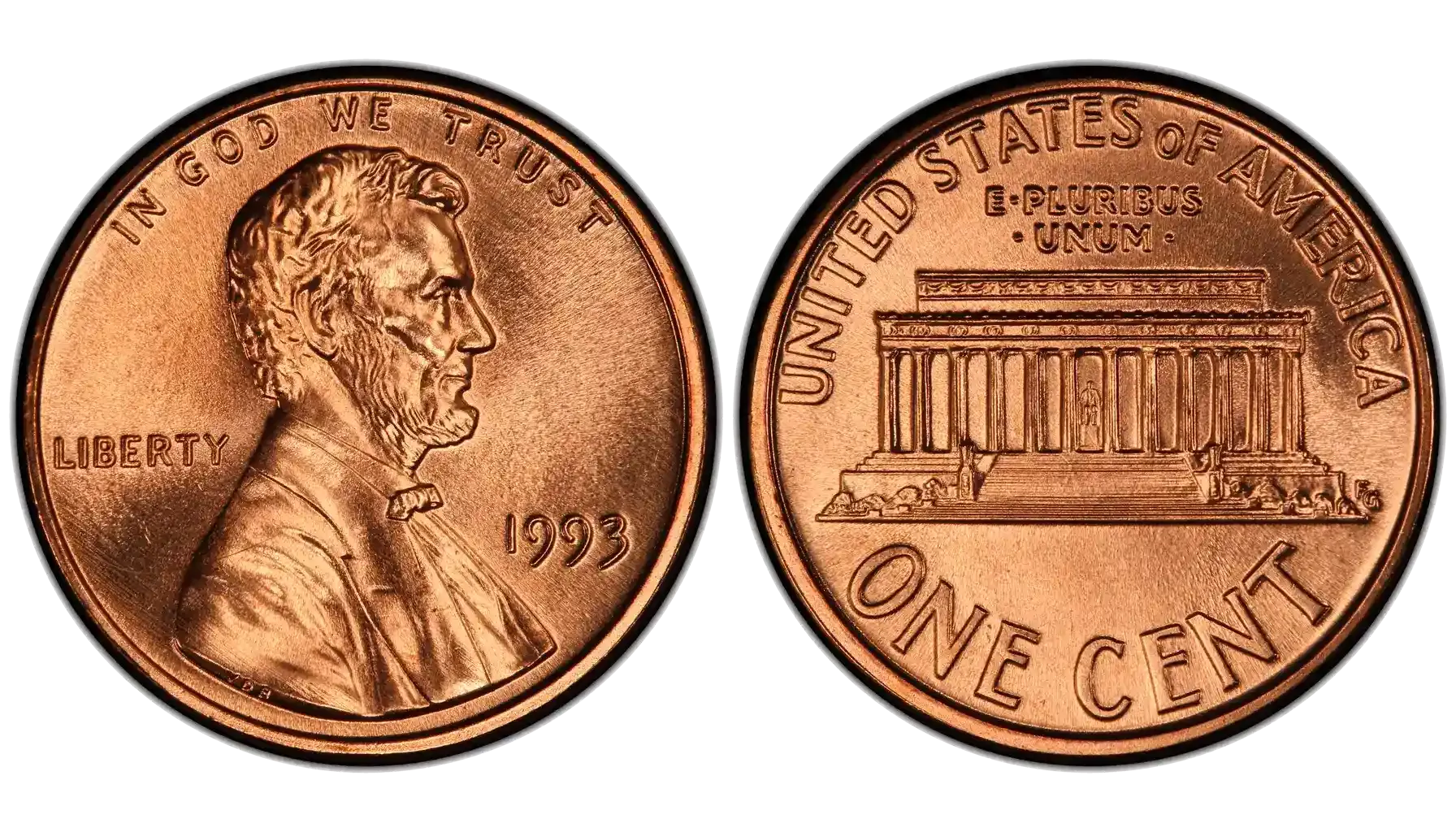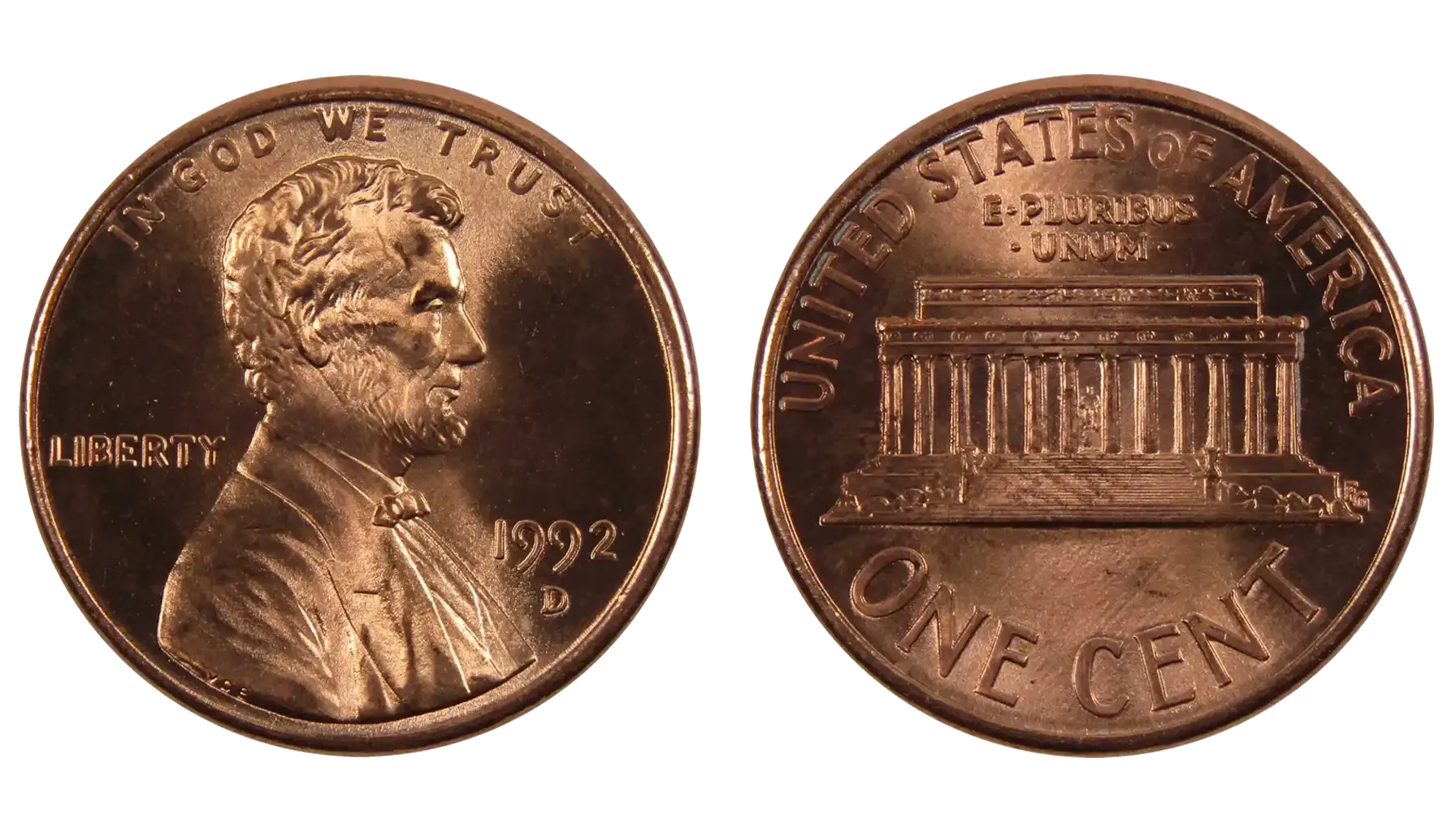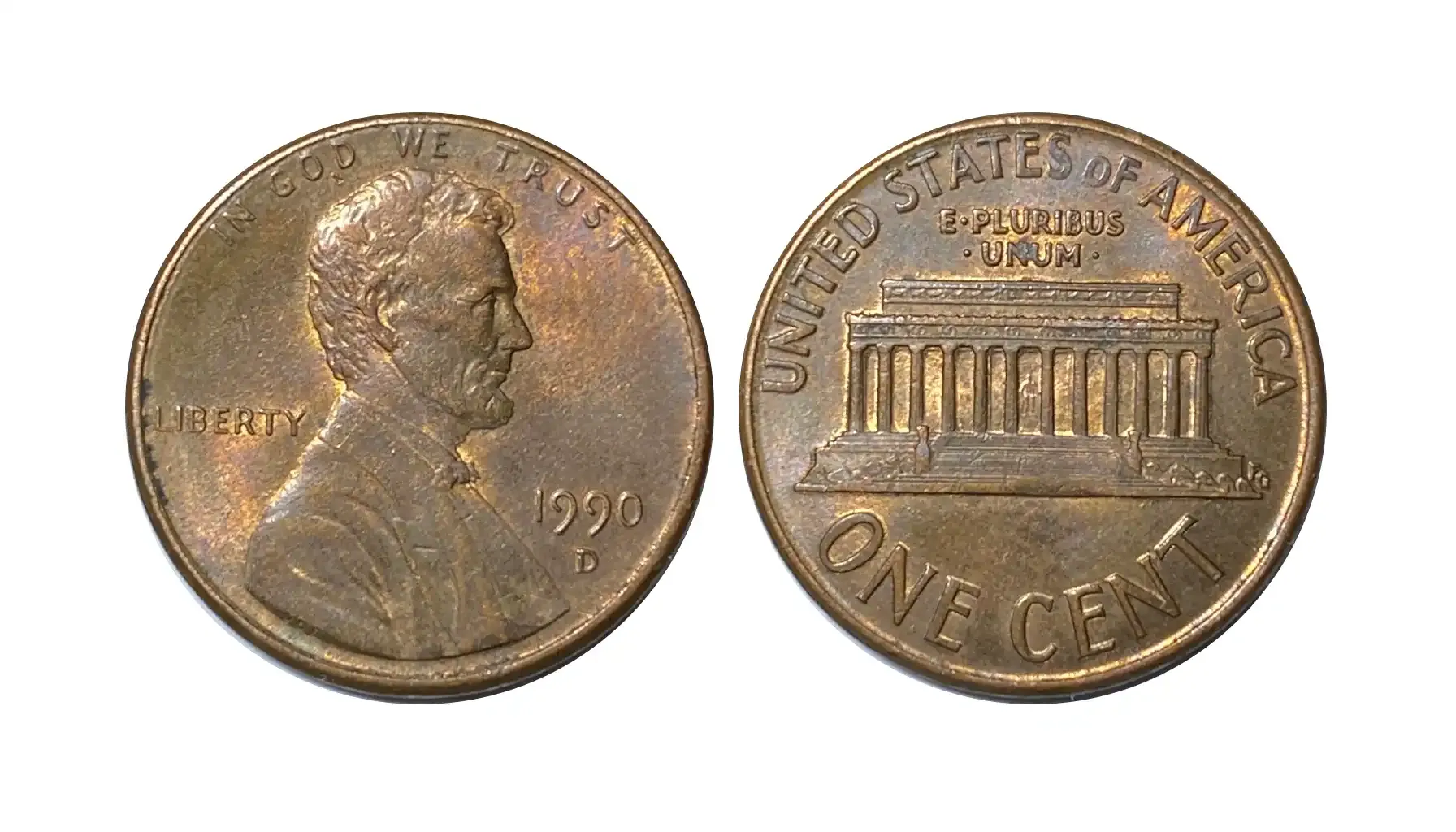Contents:
The Flowing Hair Dollar is the first official silver dollar struck by the United States Mint. It was produced in 1794 and 1795, it was the young republic’s earliest effort to establish a national currency grounded in precious metal and independence from foreign monetary systems. This coin is a key chapter of American history, and a high-value one, at that.
Here is one simple life hack: if you need to determine right now what kind of coin you have found, you may want to use a coin Identifier app like Coin ID Scanner. It’s an app powered by AI to instantly recognize the coin, mint, and approximate price. Try it now for free.
Origins of the Flowing Hair Silver Dollar
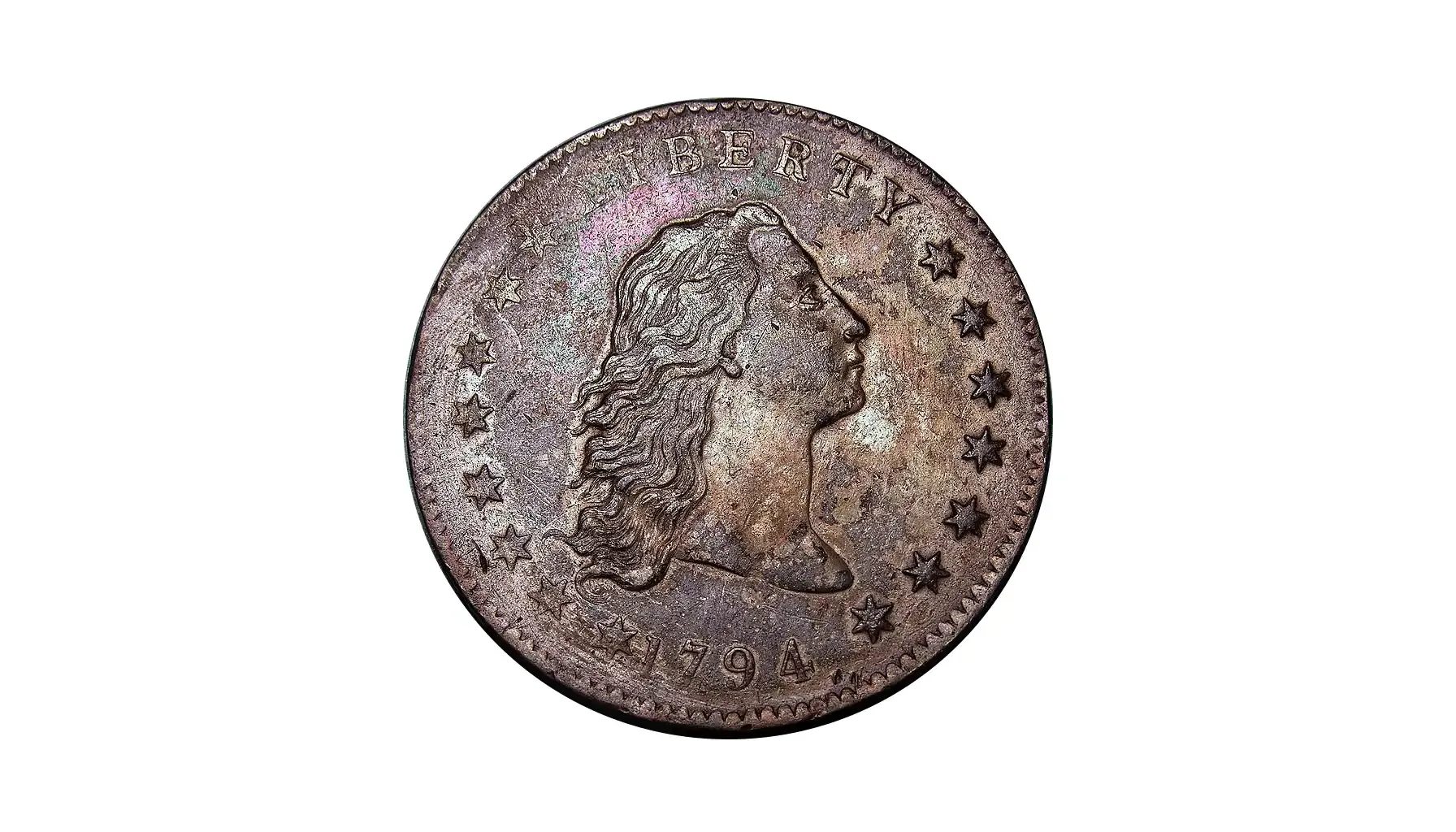
Denomination | $1.00 |
Composition | 89.24% silver, 10.76% copper |
Weight | 416 grains (26.96 grams) |
Diameter | 39–40 mm |
Edge | Lettered |
Designer | Robert Scot |
Years of Mintage | 1794–1795 Mintage (1794): 1,758 coins Mintage (1795): ~160,000 coins |
Before 1794, the U.S. had no official silver dollar. Transactions often relied on Spanish dollars or a hodgepodge of colonial issues, foreign coins, and barter. But after the Coinage Act of 1792, a new mint was established in Philadelphia. And by 1794, production finally began.
Design and Symbolism
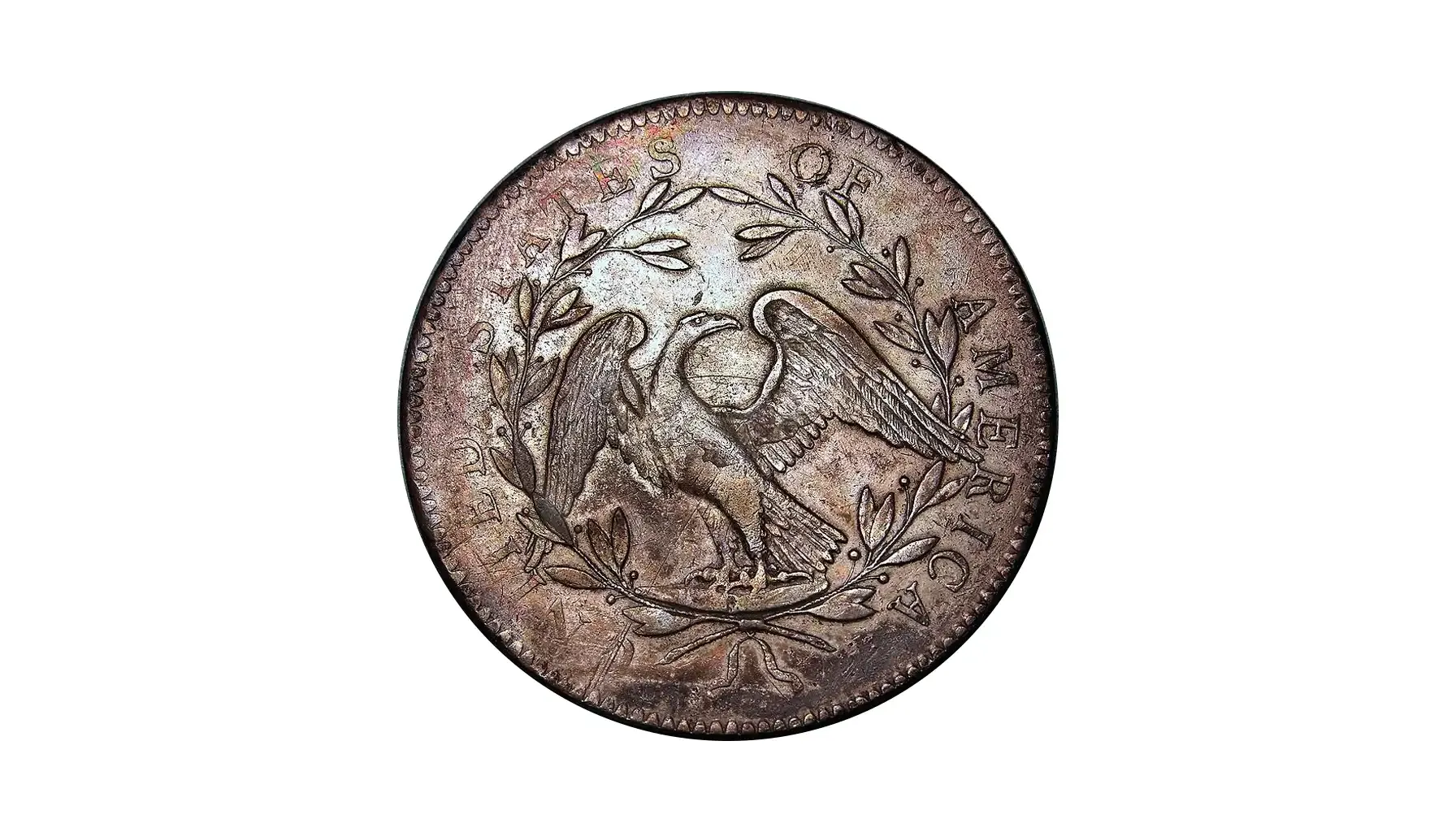
The coin’s obverse shows Liberty with her long hair. Most other nations showed their coinage with royalty or state emblems. The U.S. went with a symbolic figure, one that showed the Enlightenment ideals behind the new republic.
The reverse of the Flowing Hair dollar coin has a scrawnier-looking eagle than what we’re used to seeing today. Early critics weren’t impressed with the bird’s depiction, but it still had symbolic weight as the national emblem.
The design chosen showed the spirit of liberty rather than monarchy. Lady Liberty’s hair flows freely on the obverse, a contrast to the rigid profiles found on British coinage. The reverse has an eagle, it’s symbolic of American strength, surrounded by a simple wreath.
How Much Is There Left to Collect?
Only 1,758 coins were struck in 1794, and far fewer exist today. Most examples have weak striking on the reverse because of the issues with the early press machinery. But even flawed, these coins are highly prized. The 1794 Flowing Hair Dollar is believed to be the first silver dollar struck by the U.S. Mint. In fact, one specimen, believed to be the very first struck, sold for over $10 million in 2013.
There is still a demand. Even lower-grade pieces can have six-figure sums. The following year saw an increased mintage, just under 160,000 of the 1795 Flowing Hair Dollar. They are not as rare as the 1794 version; these pieces are still treasured, particularly in uncirculated condition. The design was slightly modified for better production, and most examples were struck with improved detail. Despite the adjustments, the image remained. In late 1795 the dollar was replaced by the Draped Bust design.
Why This Coin Still Matters in 2024
Collectors shouldn't overlook the Flowing Hair Half Dollar, it's considered a classic U.S. type coin and holds considerable collector value in all grades.
It was one of the first coins ever made in the US, so it's pretty important because of its history. There’s also renewed interest in commemorative issues and replicas. No official 2024 Flowing Hair silver dollar has been authorized by the U.S. Mint. But replicas and modern tribute coins, such as the 2024 Flowing Hair gold dollar, can be found in the collector market.
Just be cautious: Many of these are fantasy pieces or private mint issues, they are not legal tender.
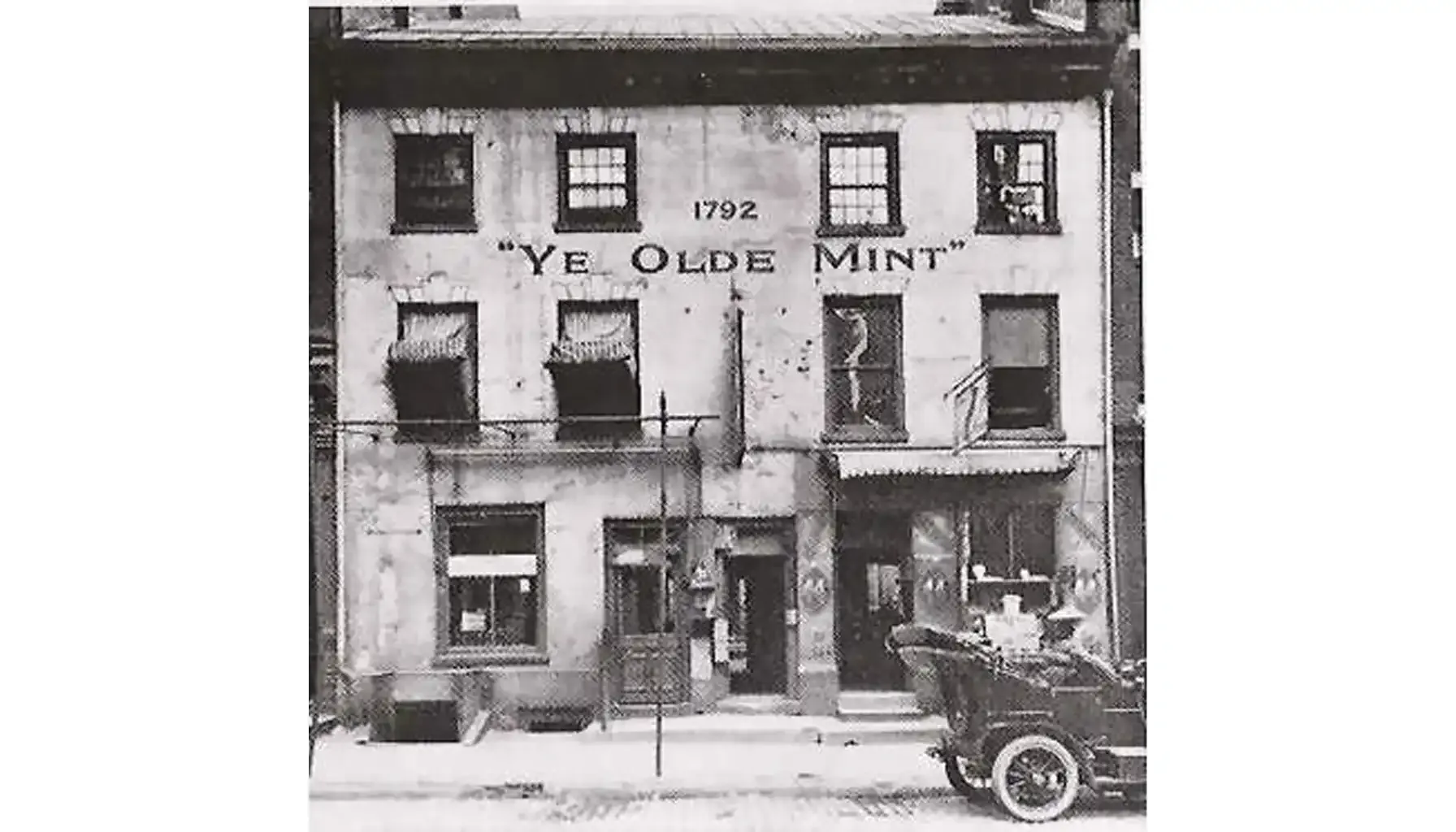
How to Tell if a Dollar Is Fake
Because of their rarity and high value, these early U.S. coins are frequently targeted by counterfeiters. So you should know what to look for, this and some coin collecting tools will help you avoid modern replicas and altered pieces.
Certified grading is essential: only trust coins that have been authenticated by leading grading services like PCGS or NGC. Coins sealed in these holders have been professionally inspected, reducing your risk of being sold a fake. Here is some info on how to get a coin certified.
Weight should be accurate: the genuine version weighs approximately 26.96 grams. Use a precision scale. A weight that’s significantly off indicates a replica or a piece made with a different metal alloy
Examine the metal content: Authentic coins from this era were struck in high-purity silver. If the coin reacts to a magnet, shows plating wear, or has a yellowish tint, it’s likely not genuine
Study the design closely, replicas often fail to repeat all the details:
Facial features and hairlines may look too smooth or distorted
The spacing and font of the lettering might seem off
Stars and rim details can appear poorly defined or irregular
Use trusted image archives from reputable dealers or museums to compare
Know the real date range: this coin was only officially issued in 1794 and 1795. Any other date is an instant red flag. Even among those years, die varieties are well documented
Use a sound test: a real silver coin will have a bright, bell-like ring when gently tapped. A dull thud usually indicates a fake made of base metals.
Consult a professional: if something feels off or if you’re not sure, have a specialist inspect the coin. A small authentication fee could save you thousands in the long run.
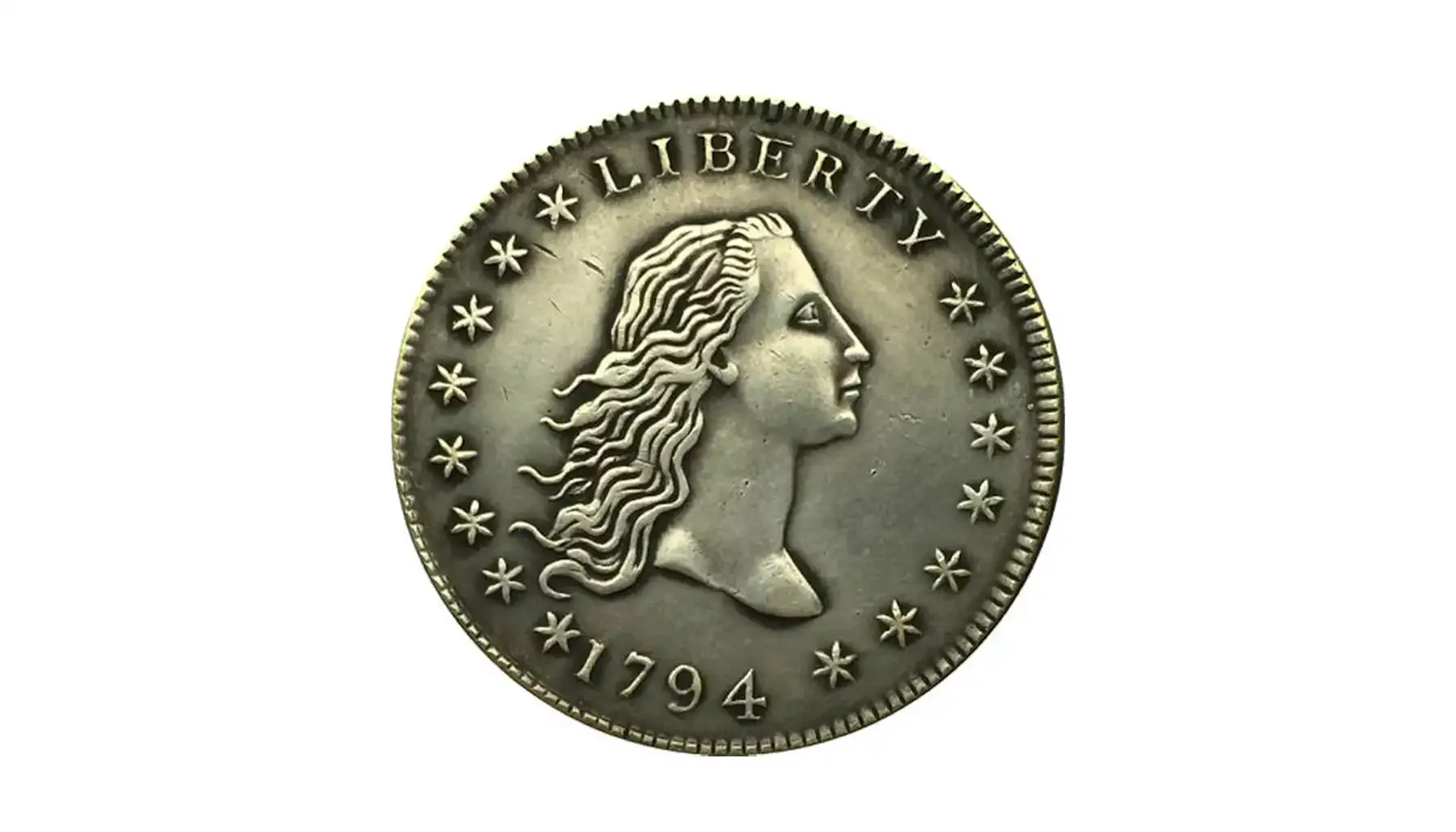
Production and Technical Challenges
The early U.S. Mint lacked tools because, well, this is the first ever coin made in the young country. It was struck using a screw press, a method already behind the times compared to some European mints. The dies wore quickly, and planchets were often uneven. Weak strikes on the reverse are pretty common.
Still, many of these “errors” give the coin more personality. Collectors of the Flowing Hair silver dollar 2024 era value originality over perfection.
Coin blanks were hand-fed into the press, and the early team, including engraver Robert Scot, was under immense pressure to produce coins quickly. It's remarkable that such iconic designs came out of those modest workshops.
When first minted, the dollar contained 371.25 grains of silver (about 90% pure), with a face value of one U.S. dollar. Today, the 1794 Flowing Hair Dollar value depends on grade and provenance.
The price in today’s market:
Worn or heavily circulated: $75,000 to $150,000
Mid-grade (VF–EF): $300,000 to $800,000
Uncirculated or better: $1 million+
Top examples (with pedigree): $5 million to $10 million
Where to Find This Piece for Sale
Buying an original Flowing Hair dollar for sale isn’t a casual purchase. These coins appear at major auctions like Heritage or Stack’s Bowers. Some private dealers specialize in early federal issues and maintain waiting lists for potential buyers. The silver Flowing Hair dollar is a store of American identity.
Major Auction Houses: your best chance of seeing a certified original is through top-tier auction houses like:
Heritage Auctions
Stack’s Bowers Galleries
Legend Rare Coin Auctions
The 2024 Flowing Hair dollar discussions are mostly not about originals. Collectors are happy to find commemoratives, replicas, and educational pieces. Token versions made of silver or Flowing Hair gold dollars are used for educational purposes or display. But nothing compares to owning a real one
Private Dealers: A handful of high-end numismatic dealers specialize in early federal coinage. They may have one available or know who does. Look for dealers with credentials from the Professional Numismatists Guild (PNG) or the American Numismatic Association (ANA). Always ask for third-party certification (PCGS or NGC)
Coin Shows & Conventions: Top-level shows like the FUN Show, ANA World’s Fair of Money, and Long Beach Expo sometimes feature coins at dealer booths or in live auctions. You’ll often get to inspect the coin in-hand and negotiate directly
Online Marketplaces (With Caution): eBay and similar platforms occasionally list Flowing Hair dollars, but due diligence is critical. Never purchase raw (ungraded) coins unless you’re an expert. Stick to listings that include photos of certified holders from PCGS or NGC. Cross-check the certification numbers directly on the grading company’s website
Museum Sales & Estate Liquidations: On rare occasions, a silver dollar surfaces through an estate sale or museum deaccession. But it’s pretty rare to find anything there, especially if a coin has been off the market for decades
More numismatists are discovering just how influential this coin really is. It’s not uncommon for new collectors to begin with replicas and dream of someday acquiring even a low-grade original Flowing Hair dollar 1794.
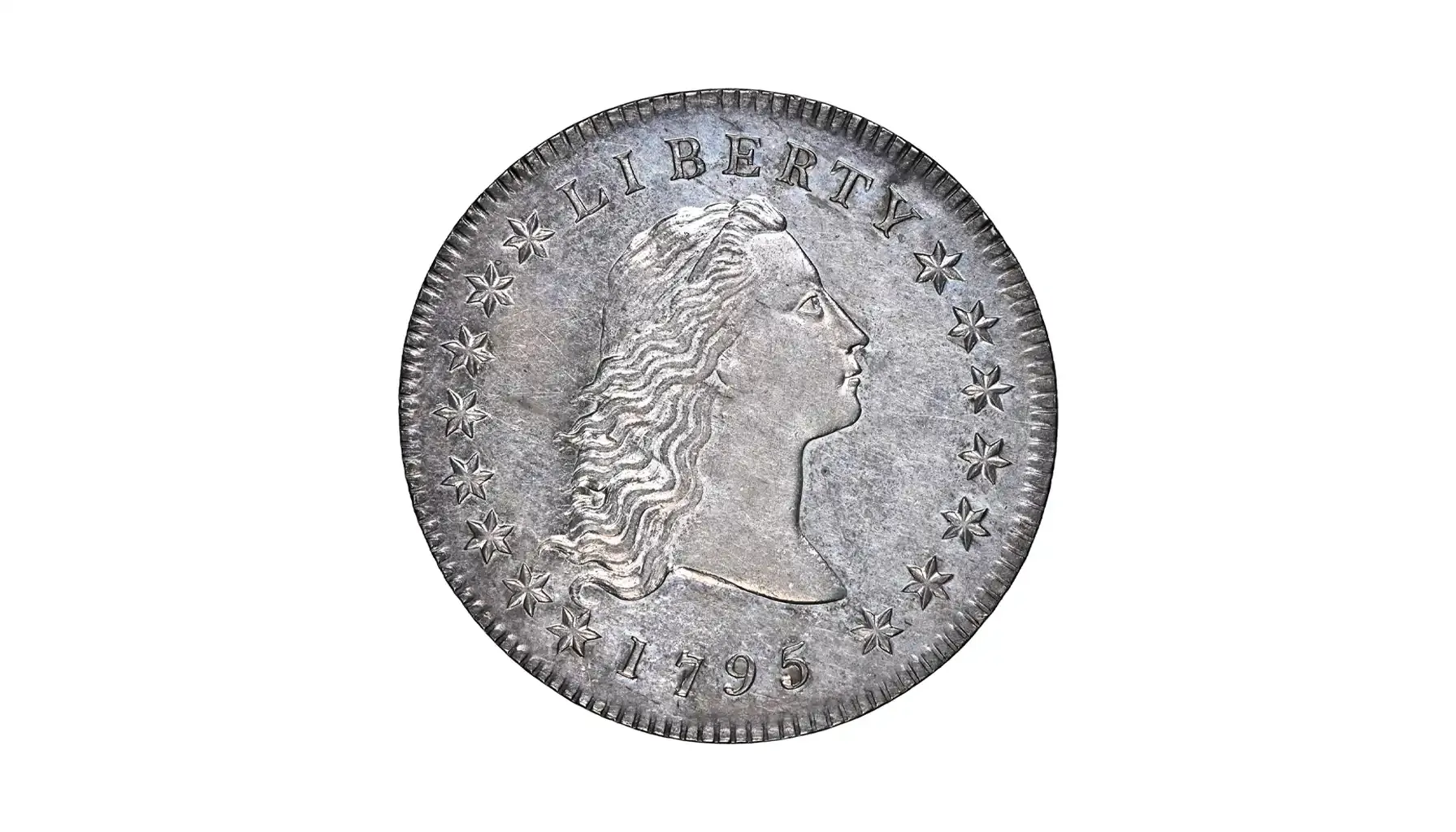
Modern Perspectives on an Old Coin
If you have a real piece, you are really lucky. The Flowing Hair silver dollar value has consistently climbed over the past two decades. Demand for historical U.S. coinage, especially early federal issues, has outpaced supply.
But you don’t need to own a $10 million 1794 Flowing Hair Dollar to appreciate its importance. You can look at the coin in museum displays or research its history, it’s still a worthwhile pursuit. Read an article on 1 oz Silver Coin Value to know what is going on.
The Flowing Hair dollar is a reminder of a young nation finding its footing, literally minting its values into silver. The 1794 Flowing Hair silver dollar remains one of the most iconic pieces of U.S. numismatics.

